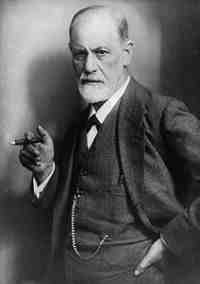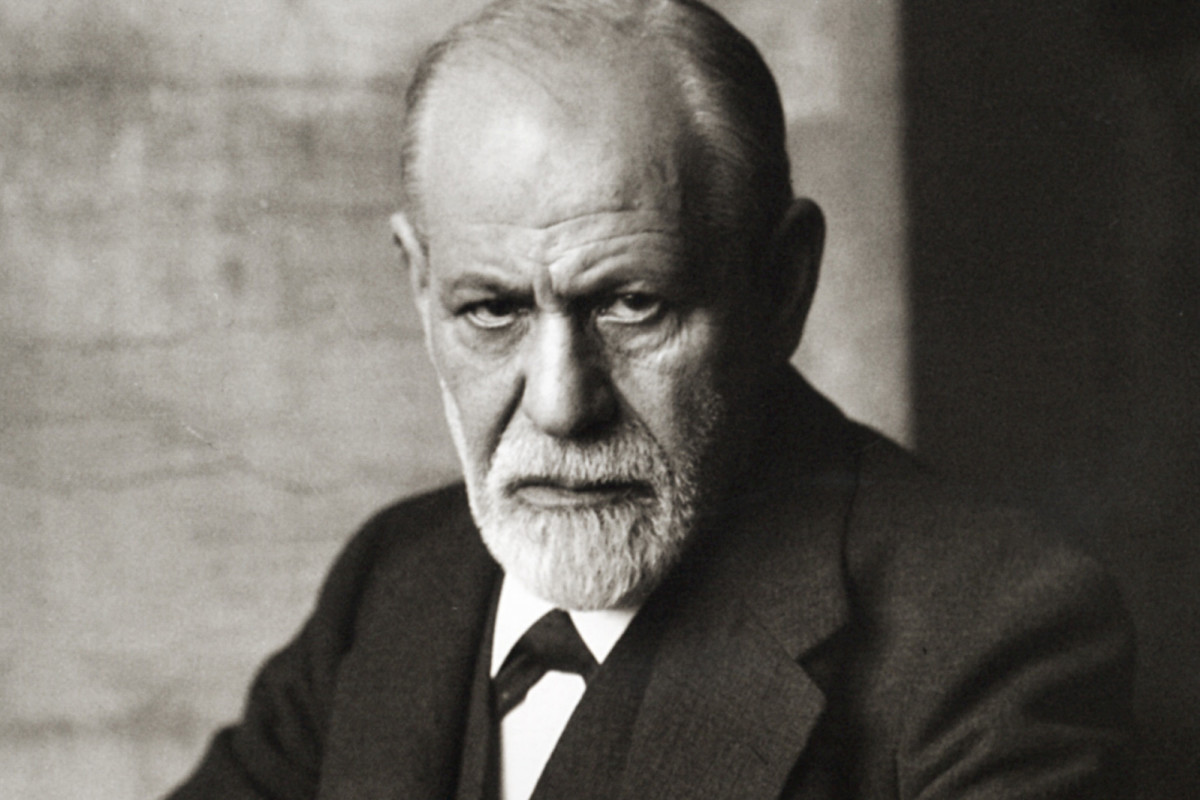Sigmund Freud and analytical interpretation

Sigmund Freud and analytical interpretation
I remember studying psychology in college and laughing my head off at the ramblings of the tutor talking about the theories of Sigmund Freud. They were made all the more hilarious by my drunken tutor, who liked to pretend the bottle of 'water' or 'coke' he used to bring in and place on the desk, had just that in it! Yes, he liked his little tipples, every seminar actually. So psychology for me was really interesting and exciting, because a drunken tutor can seem so much more colourful than a sober one. Never a dull moment at my old college, let me tell you!
So who was Freud? I'm sure you have all heard of the guy. But just incase you haven't, he was the father and founder- inventor, if you like of psychoanalysis, and because of this he has probably had a greater impact on our knowledge of the mind, than any other human being, for good and for bad. Freud opened up the subconscious to scrutiny, but like all too many scientists, he developed tunnel vision.
It is impossible to discuss all of Freud's theories adequately in a limited space, but the relevant aspects are these: We all have repressed memorires, desires and impulses, most of them going back to our very young childhood. But because the rules of society are buried into us so deeply, we cannot admit these recollections and desires even to ourselves; we would find them too shameful, too disgusting and horrifying. Freud theorized that a boy is resentful of his father's place in his mother's affections and in her bed. At the extreme he fantasizes about wanting to kill his father; so he can usurp his position as his mother's position as his mother's lover. This he termed the oedipus complex, after the Greek mythological character who - inadvertently- killed his father and married his mother. As an adult, a man cannot possibly cope with the memory of these desires, so he buries them deep below the level of his consciousness.
This insight was not new to Freud; Plato had written of men's incestuous dreams of their mothers over two thousand years earlier. But it was Freud who perceived how violently the repression of these memories and desires could affect the mental health and behaviour of the adult male, resulting in neuroses and depression.
In our dreams, Freud said, these deeply repressed desires are able to surface safely. We can kill our fathers, we can make love to our mothers- or, equally horrifying, our daughters- with no legal or moral consequences. The fact that very few of us actually do dream of doing these things takes us into the heart of the Freudian analsis: dream interpretation. Even our subconscious mind cannot visualise these acts directly, instead we allow our shameful, hidden urges to surface symbolically. Freud's breakthrough was in appreciating the value of these symbols: by learning to understand them he could reveal to patients the true, unfiltered, nature of their deeper anxieties- problems, worries or memories that they were either completely unaware of or had been repressing for decades. This 'unlocking' formed the first part of the 'cure' ( a term never actually used in psychoanalytical circles) and clearly set the subject matter for the deep discussion which is at the heart of analysis.
Freud's symbol interpretation has, of course, taken its place as part of the everyday vocabulary of the twentieth century. For example, if a man dreams of sitting at a desk, writing a letter, and he is rolling the pen or pencil in his hands, he is ashamed of his sexuality; the pencil, being long and thin, is sexually symbolic.
Where Freud is attacked by his critics is in his obsession with just this one area of dream interpretation. To oversimplify, everything is seen as sexual, and everything is repressed. It is this narrowness of focus that caused rifts in Freud's school of thinkers even during his lifetime. No one felt Freud's theories were wrong, but many believed that dreams originated from so many other sources and contained so many more messages, that Freud's views were limiting.








